I'm doing a java application with a Postgres database and the following schema:
The entity employee, rol, project has some information inside,and the entity participants is empty. I want to show in my application a table of all projects with no leader assigned yet. I'm sure that#s possible with an SQL query but I'm not sure how. I tried this query:
SELECT p.projectnumber from participants pa, projecto p
where p.projectnumber=pa.projectnumber and pa.leaderid IS NULL;
But no rows are returned. That's because the participants entity is empty, but I cannot fill that entity with only the projectnumbers. Do you think I could make it easier with a query or well any other suggestion?
